Shockable Rhythms
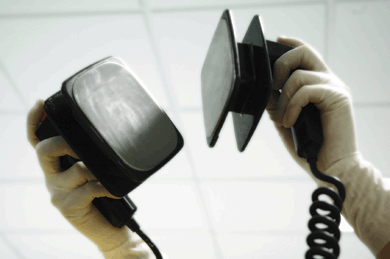
Raja Selvaraj, JIPMER
Direct Current shock
External Defibrillator
- Paddles / Adhesive pads
- ECG leads
- Energy select
- Buttons
- Sync
- Charge
- Shock
AED
- Automatic identification of rhythm
- Guided treatment
- Usually for layman use
Cardioversion and defibrillation
- Cardioversion is synchronized shock
- Defibrillation - not synchronized
- Synchronized shock needs regular electrical activity
Mechanism of action
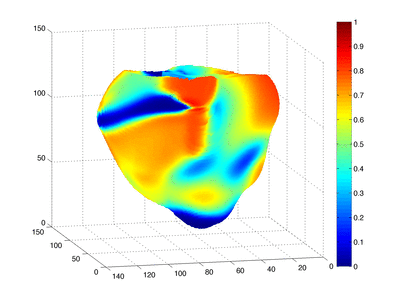
Cardiac arrest - Shockable rhythms
ACLS
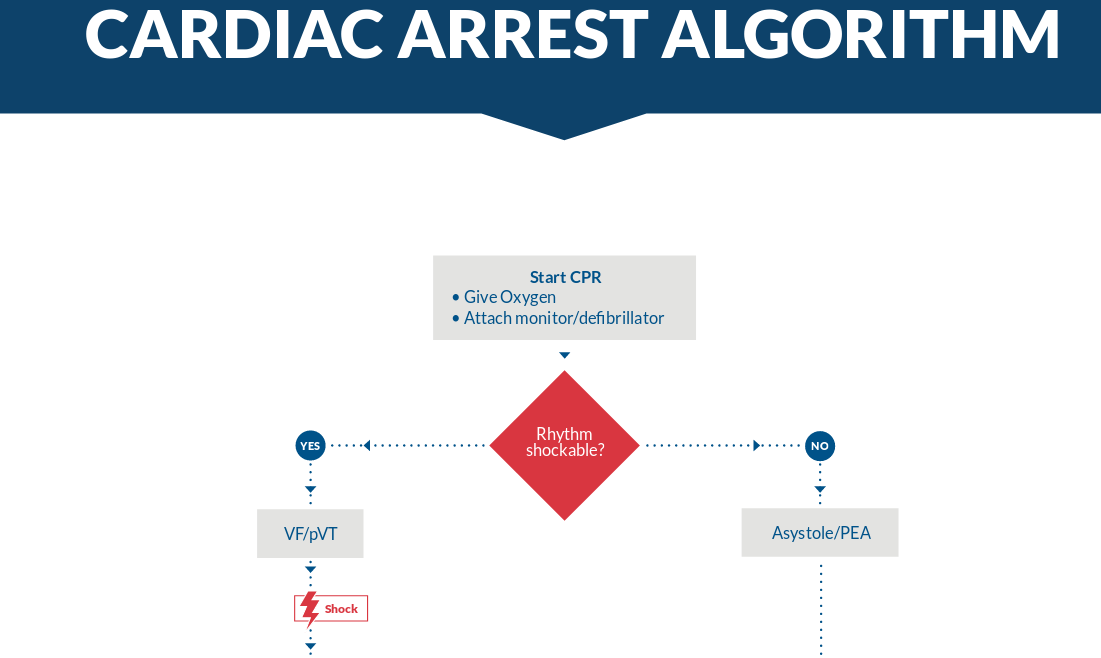
ACLS
- Good quality CPR is key
- But prompt use of defibrillator to restore rhythm important in shockable rhythms
Cardiac arrest
- Unresponsive
- No breathing
- No pulse
Cardiac arrest - Rhythms
- VF / polymorphic VT
- Pulseless VT
- Asystole
- Pulseless electrical activity (PEA)
Ventricular fibrillation
- Disorganized / chaotic electrical activity
- No effective pump function
- Death in absence of treatment
Ventricular fibrillation
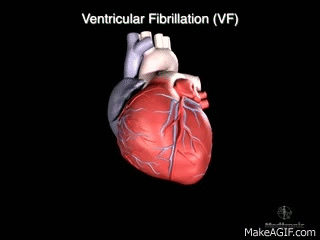
ECG
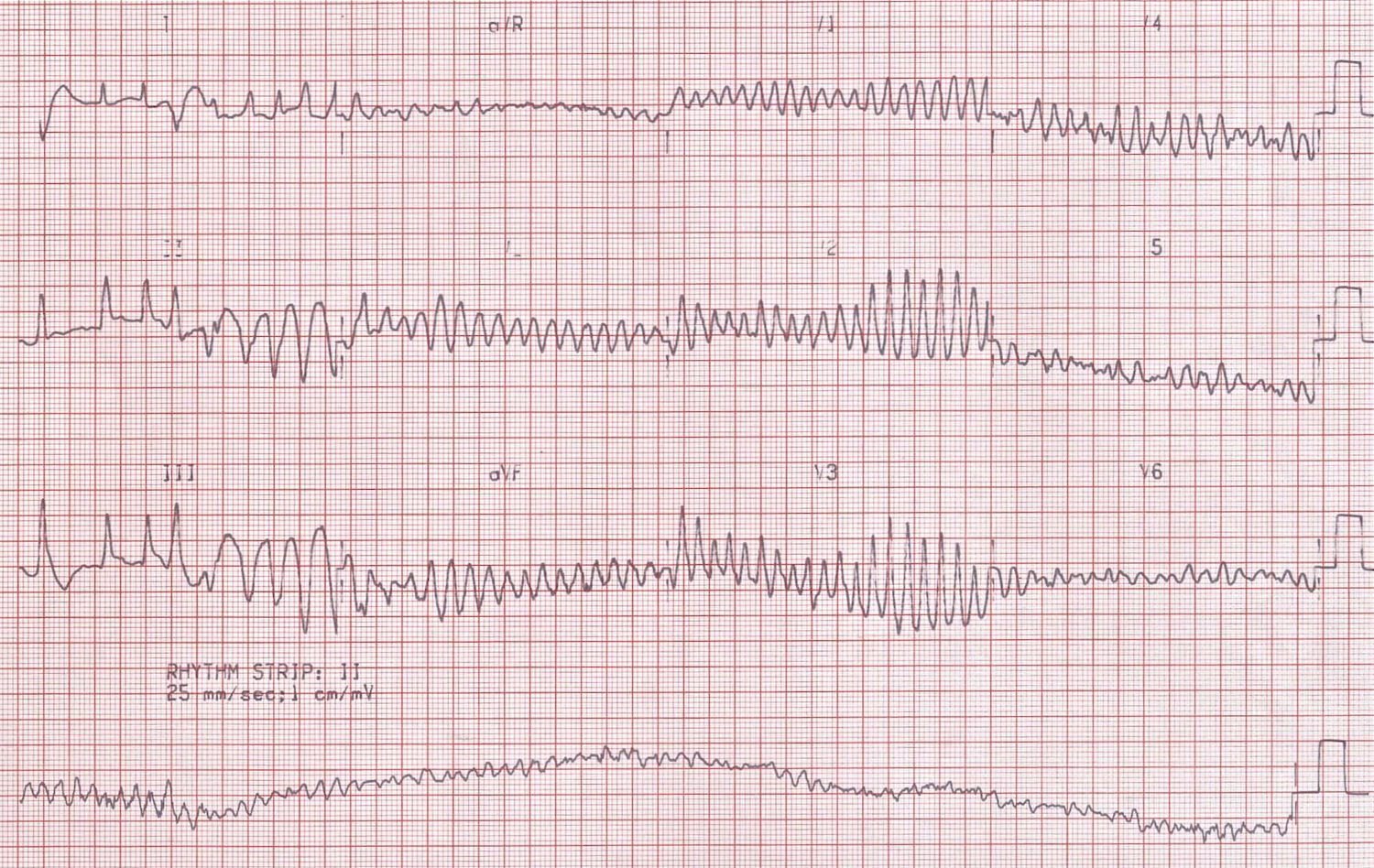
Ventricular tachycardia
- Rapid rhythm of ventricular origin
- Organized activity in contrast to VF
- May be monomorphic / polymorphic
- Cardiac arrest when pulseless
ECG

Cardiac arrest - Non shockable rhythms
Asystole
- Absence of any ventricular electrical activity
- "Flat line"
- Poor prognosis
- 30% of all arrests, only 15% survival
ECG

Recorded in unresponsive patient - Is this asystole?
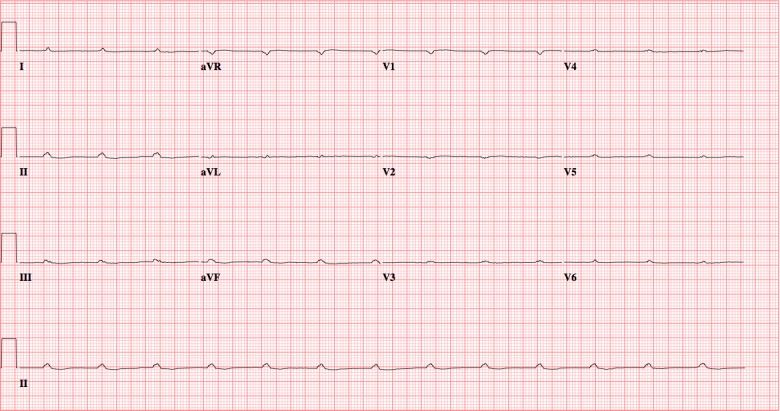
Pulseless Electrical Activity
- Rhythm that should have a pulse, without a pulse
- Tamponade
- Electrolyte abnormalities
Other shockable rhythms
Supraventricular tachycardia
Atrial fibrillation

Atrial flutter

Exercises
Defib recording in patient with no pulse
Cardiac arrest in ICU
Patient on telemetry - recording while in bathroom
